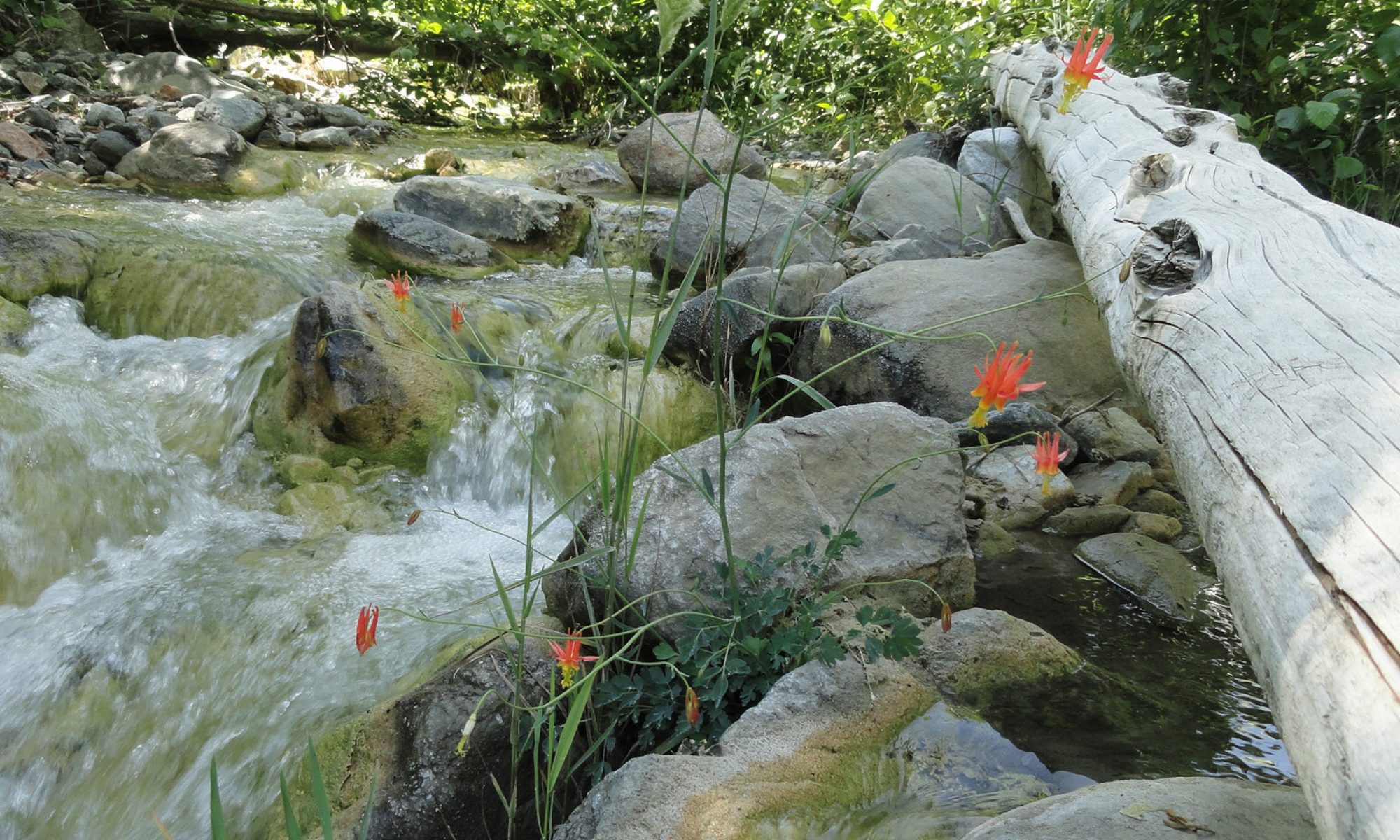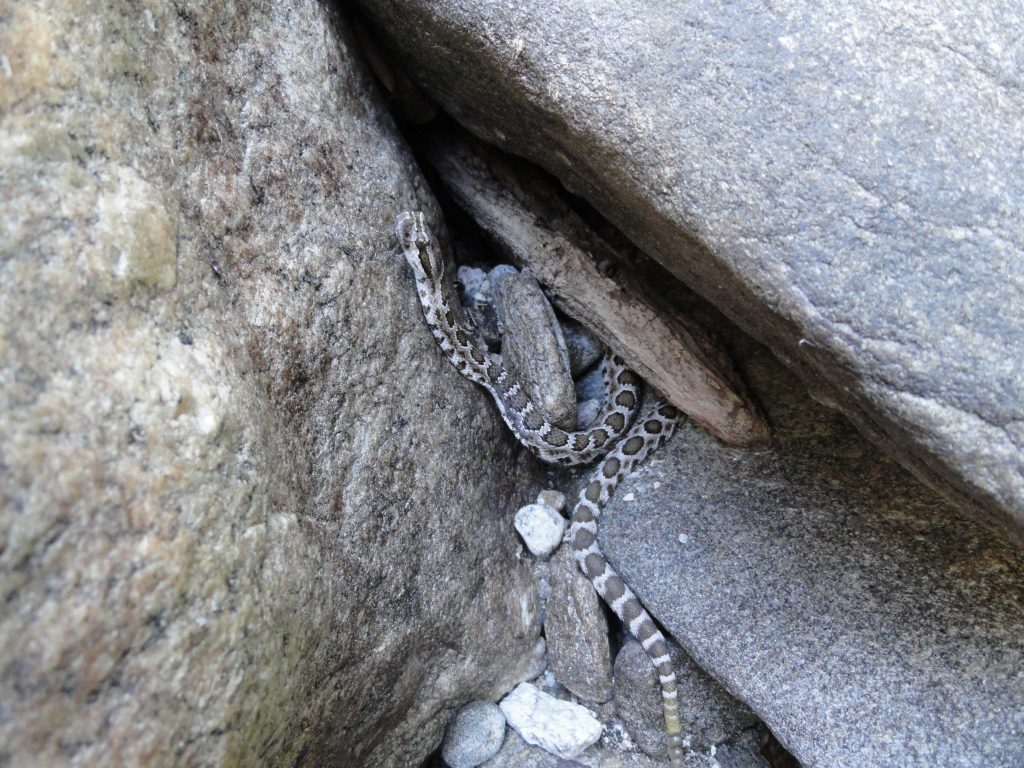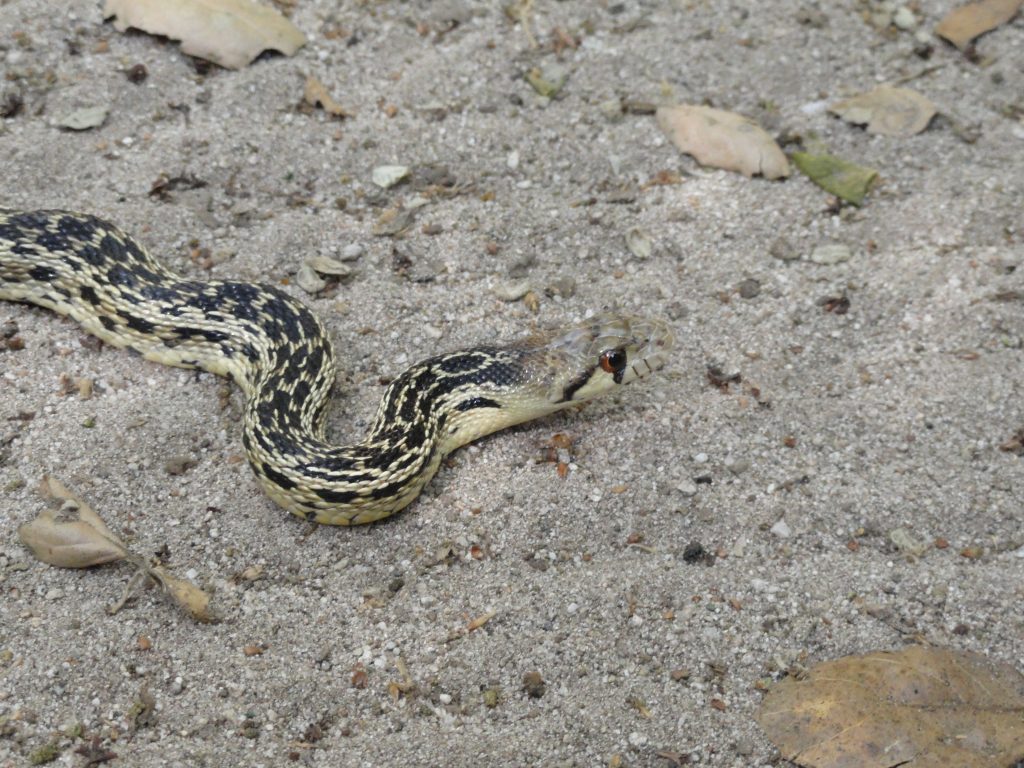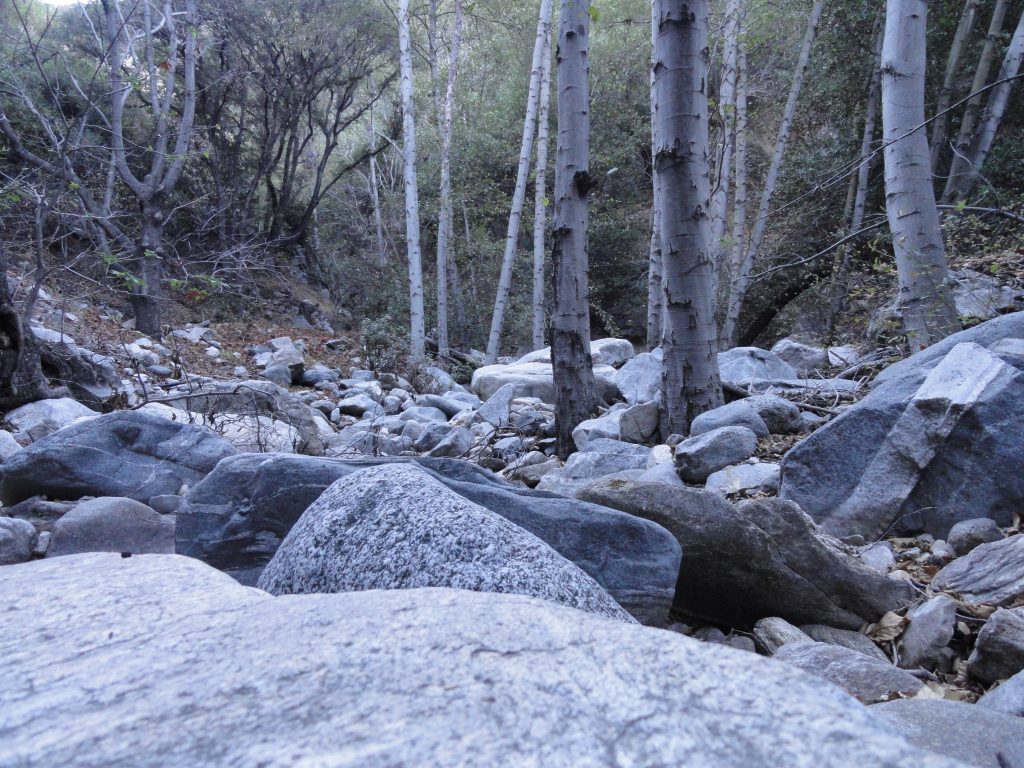
I was poking around up in the Big Santa Anita Canyon’s East Fork the other day. It was morning and a flat, gray light lay all around me. Jumping from boulder to boulder in a stream bed of dry leaves and sand. Completely quiet all around – and cool. It felt as if this time of year was still holding its’ breath for the storms to blow in and fill our canyons with roiling waters.
So, I hung out on a smoothy polished boulder about the size of a Volkswagen Beetle and just did nothing. The more nothing I did, the more that came into view and the more that became audible. Within a few moments, the soft hush of a down canyon breeze filtered through the boughs of some big cone spruce trees clinging to the steep slope above. The tangle of leaves, downed trees and rock began to take on increasing detail and clarity. The subtle variations of color in fallen leaves went from one to over half a dozen shades that my eyes could make out. In the beginning of my stillness, my mind was doing its’ constant thinking thing with non-stop episodes of images and thoughts in words. After a little while, the thoughts slowed down and my images were more about where I was and less about where I’d been. The most significant part of all this is when the perceived – and I mean perceived – duality of I and Thou, me and you, self and scene….. begins to fade. Being here right in the present for a short time.

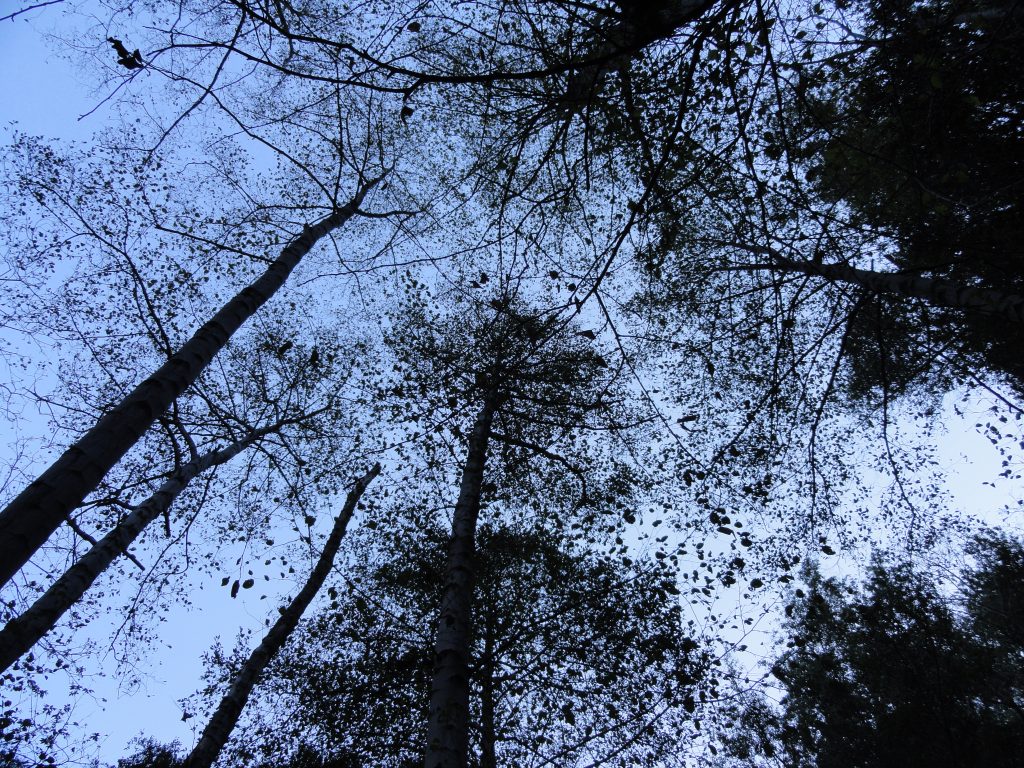
The East Fork is such a wild place. No check dams here and no maintained trails. The breezes move up and down canyon just as they have for centuries. Fish and salamanders linger in the deeper, perennial pools. Rattlesnakes linger under shady ledges during summery months while deer and mountain lions traverse the higher slopes on ancient paths created by hooves and paws. The stream dries up in places as fall progresses and then becomes its’ naturally wet and turbulent self once, again. Over and over. Every pattern here is in the form of a circle. One can count on the return of the next season. This canyon is only what it is and has been. Just wild and free.
